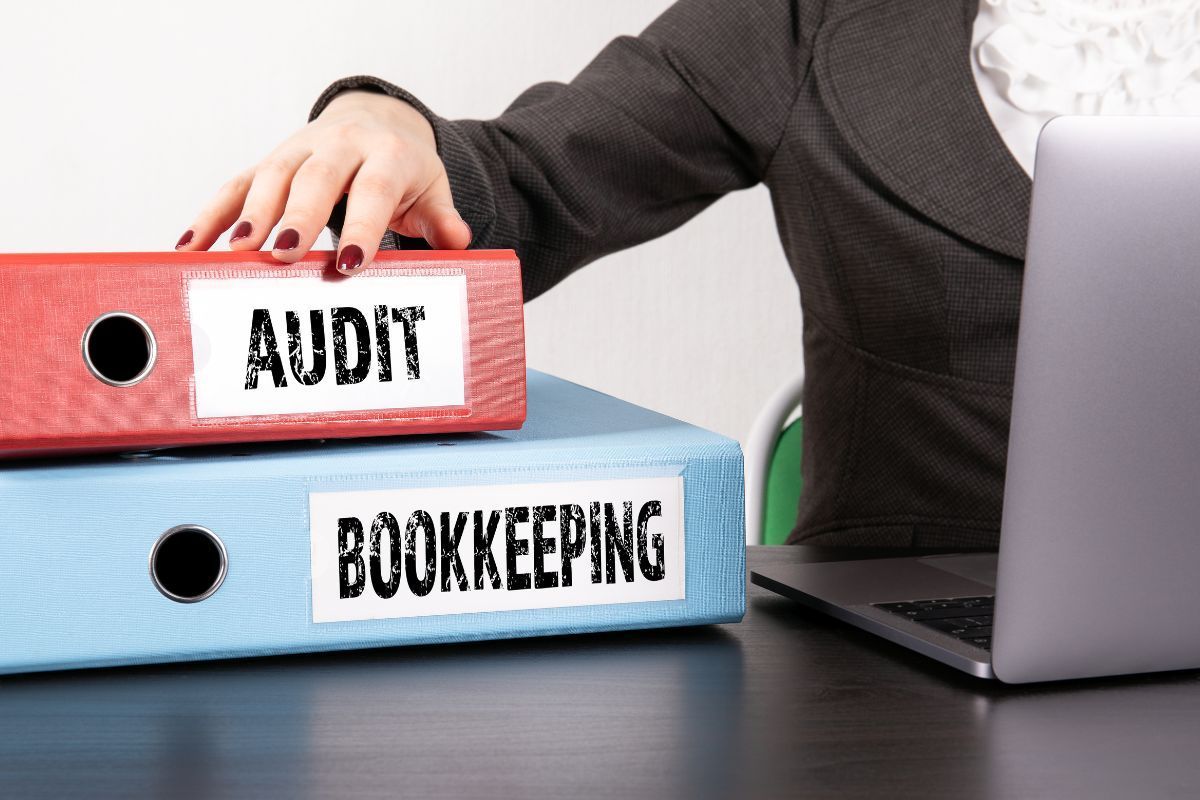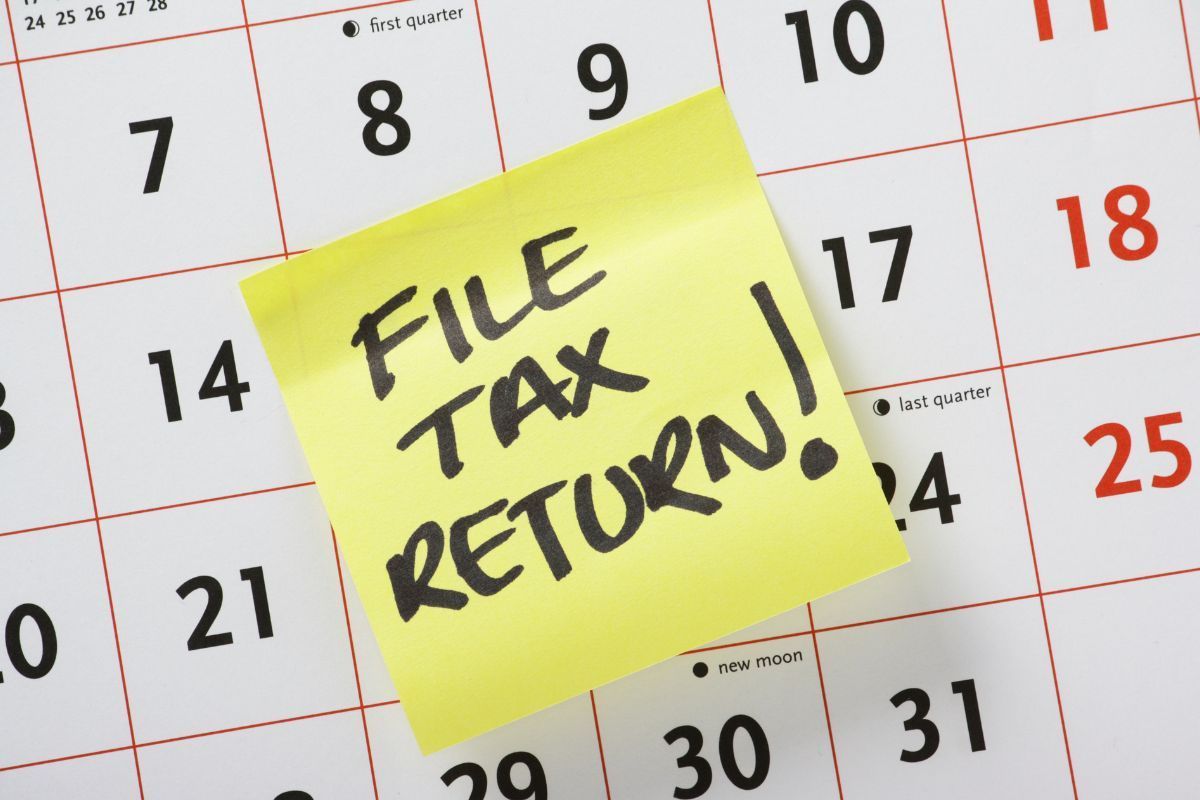HST Filing: Everything You Need To Know
Are you struggling to keep up with taxes as a small business owner in Canada? You're not alone. Navigating GST and HST regulations can be overwhelming. But it's crucial to get it right. Staying compliant keeps your business on track. Let's break it down and make it manageable.
Whether you're just starting or looking to streamline your approach, this article will help you learn more about the essentials of the GST/HST filing process.
What Is A GST/HST Number?
A GST/HST number is a unique tax identifier the Canada Revenue Agency (CRA) assigns companies as part of their business number (BN). This number allows businesses to collect, report, and remit GST and HST, ensuring compliance with Canadian tax laws. The goods and services tax (GST) is set at a nationwide rate of 5%, while the harmonized sales tax (HST) combines the federal GST with a provincial sales tax (PST), varying by region.
A GST/HST number is used for tax purposes. It also connects your business to other financial transactions with the CRA. This includes payroll deductions and corporate income taxes. If your business doesn't yet have a BN, one will be automatically assigned when you register for GST/HST.

When Do I File My GST/HST Return?
Your business's revenue determines the frequency of GST/HST return filing. Small businesses with $1.5 million or less in revenue are usually assigned an annual filing schedule. They can also choose to file quarterly or monthly.
Filing and payment deadlines vary based on your business type and reporting period.
- Sole proprietors. GST/HST filing deadlines usually coincide with their personal income tax deadline.
- Corporations. Returns are generally due three months after the fiscal year-end, though more frequent filings may be required depending on revenue thresholds.
Staying on top of your Canada HST filing and payment deadlines is crucial to avoid penalties.
Who Needs To Register For GST/HST?
If your taxable supplies exceed $30,000 in one calendar quarter, you need to register for a GST/HST account. This also applies if they exceed $30,000 over four consecutive quarters. This rule applies to both businesses and self-employed individuals.
Those earning less than $30,000 annually are classified as "small suppliers" and are not required to register. However, many voluntarily claim input tax credits (ITCs), which can offset costs.
Some industries may benefit from registering even below the threshold. This includes boutique firms and independent consultants. To stay compliant, ensure you register within 29 days of crossing the $30,000 threshold.
GST/HST Filing Guide
Filing your GST/HST can feel overwhelming, but it doesn't have to be. Below are the steps on Canada revenue HST filing to help you stay compliant and file accurately, whether you're a small business owner or self-employed.
Selecting The Right Accounting Method
There are three main ways to file GST/HST returns, and choosing the right one can save your business time while ensuring tax compliance. Each method suits different businesses based on revenue, industry, and needs.
Regular Method
Using the regular method, you determine your net tax for each GST/HST reporting period and report it on your return. Here's how it works:
- Calculate the total GST/HST you collected on all taxable supplies during the reporting period.
- Add up the GST/HST you paid on business expenses eligible for input tax credits (ITCs).
- Subtract the second total from the first to determine your net tax.
This straightforward process ensures accurate reporting and helps you stay on top of your tax obligations.
Quick Method
The quick method simplifies calculating the GST or HST you owe. Instead of using the standard approach, you multiply the tax collected from your sales by a designated "remittance rate." This method can save time and make calculations easier. However, it's important to note that not all businesses qualify for this option.
Simplified Method
The simplified method streamlines filing a GST/HST return and claiming ITCs. This approach uses one formula. Add up all your eligible business expenses. Then, multiply the total by a fixed tax rate. Finally, include any additional applicable amounts based on your specific circumstances.
Think about the pros and cons before deciding on the right method for your business. Consult a tax professional about Canada Revenue Agency HST filing to improve efficiency and avoid mistakes.
Fill Out Your Return Form
Once you've chosen an accounting method, the next step is to complete the GST/HST return form provided by the CRA. This process involves two key components:
- The working copy. This is for your personal records and allows you to perform all necessary calculations.
- The official return form. You'll submit this document to the CRA containing the finalized information.
On the working copy, you'll need to fill out the following details:
- Your total sales and revenue
- The total GST/HST collected
- The total GST/HST paid
- Any applicable credits, refunds, or adjustments
Once you've completed these calculations, you can determine whether you owe the CRA or are entitled to a refund.
Complete And File Your Return
Once you've completed the form, the next step is to file your GST/HST return. Businesses have several options for filing: online, by mail, over the phone, or in person at select financial institutions.
The GST/HST NETFILE systems are popular for electronic filing. They provide secure access through the CRA's My Business Account. Keep a copy of your submitted returns for your records and future reference.
Frequently Asked Questions
What happens if you cannot file a GST/HST return on time?
Failing to file or a delay in filing can lead to costly penalties. If you ignore a filing request from the CRA, you could face a minimum demand-to-file penalty of $250. Errors or inaccuracies can lead to additional fines. Submit on time and ensure accuracy to avoid extra costs.
How do I file my taxes online using GST Netfile and HST Netfile?
The CRA provides four convenient methods for filing your tax return. You can file through your bank or credit union. File online using NETFILE or by phone with TELEFILE. You can also use CRA-approved third-party software for government of Canada HST filing.
What is the process for paying GST/HST for my small business?
You have several convenient options for making payments:
- Online banking. Simply add your CRA GST/HST account as a payee.
- CRA My Business Account. Make payments directly through the CRA's secure portal.
- Mail or financial institution: You can submit payments in person or send a check to the address provided on your bill.
Complete your payment before the due date to avoid any penalties.

Simplify Your GST/HST Filing Process
Successfully managing GST/HST is vital to running a compliant business in Canada. Knowing when to register is essential. Learn how to file GST/HST correctly. Choose the proper reporting method to manage your taxes efficiently. Following CRA guidelines and staying organized can avoid penalties and ensure a smooth GST/HST filing process. Prioritize Canada GST/HST filing compliance so you can focus on confidently growing your business.
Want more information?
Richmond Hill, ON
Calgary, AB
Vancouver, BC
Ottawa, ON
Winnipeg, MB
Hamilton, ON
Halifax, NS
Mississauga, ON
Toronto, ON
Brampton, ON
Oakville, ON
Milton, ON
Markham, ON
Vaughan, ON



